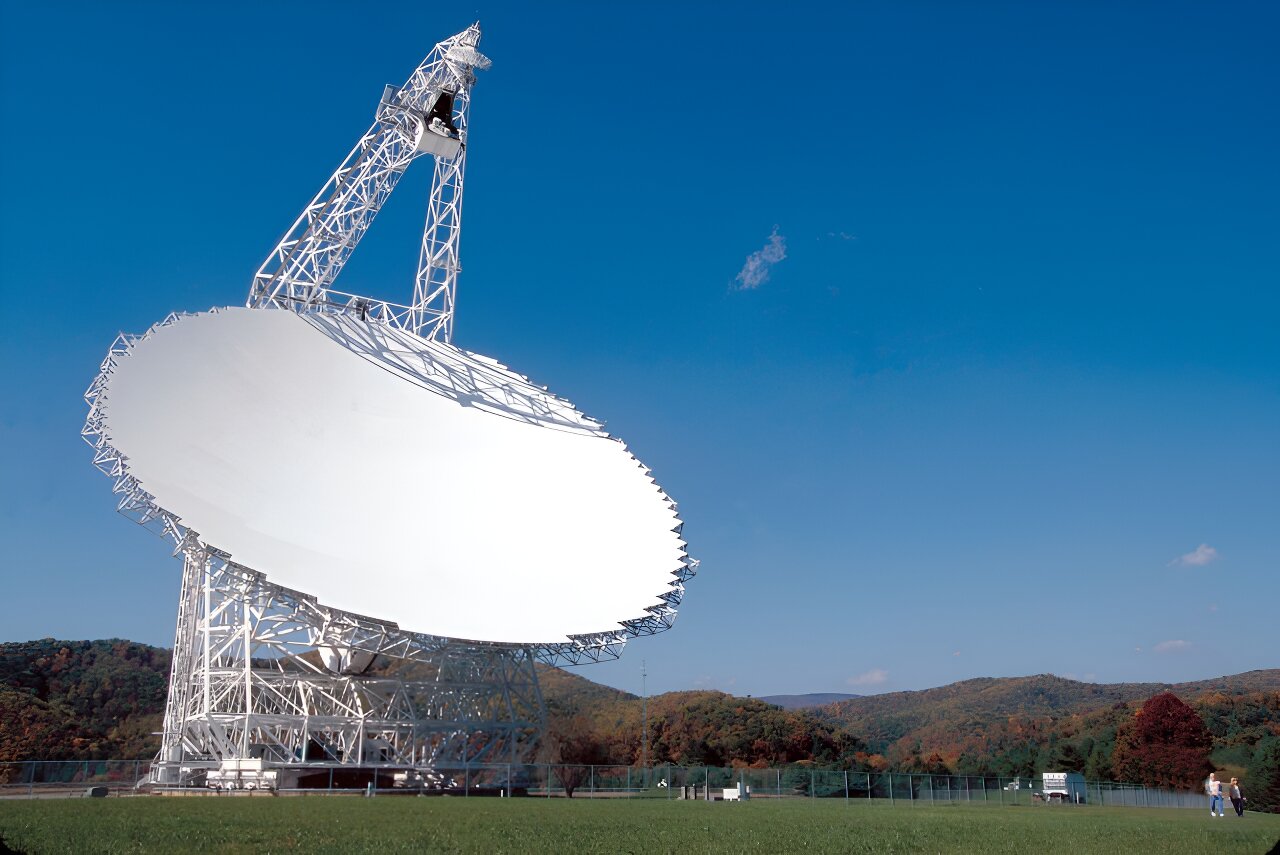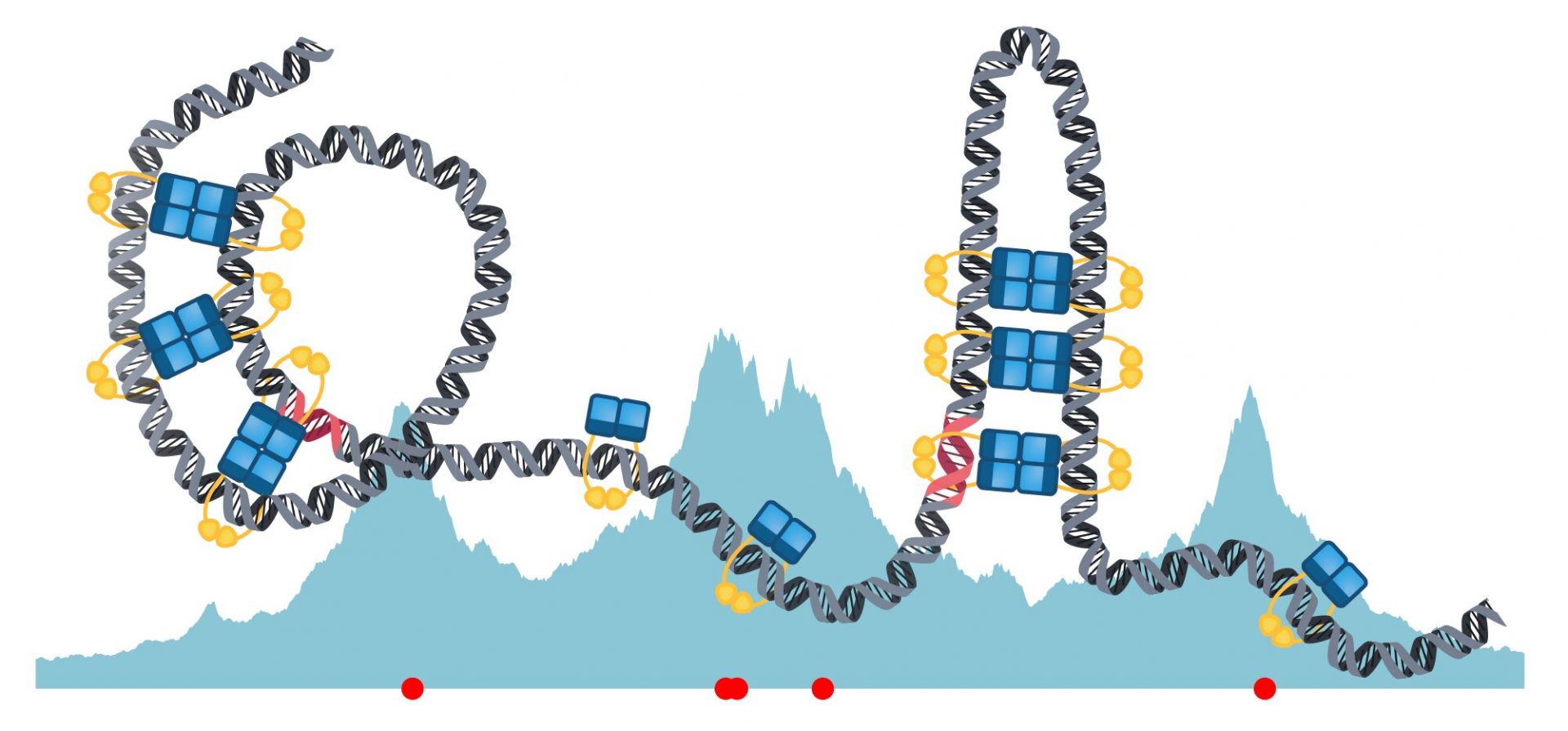The search for alien life and its radio signals from beyond our solar system continues, but so far, we haven’t had any luck. However, that doesn’t mean we haven’t been looking.
A recent search led by Jean-Luc Margot of UCLA’s Earth, Planetary, & Space Sciences Department scanned stars within a few hundred light-years of Earth. Margot and his team looked for radio signatures of advanced civilizations in a sampling of “TESS Objects of Interest.” TESS is the Transiting Exoplanet Survey Satellite doing an all-sky survey of nearby stars and their possible planets. The paper is published on the arXiv preprint server.
Margot is the founder of UCLA SETI’s “Are Alone in the Universe?” project. It aims to find evidence of other civilizations in the universe by analyzing radio emissions. From 2020 to 2023, Margot’s team pointed the Green Bank Telescope towards the TESS objects to capture radio emissions from a specific region of space. They used the L-band receiver on the scope, which scans a narrowband “window” between 1.15 and 1.73 GHz, where they believe alien signals might be detectable.
While it would be exciting to discover a “wow!” signal from another civilization, this search didn’t yield any results. The team concluded in their paper, “Based on our observations, we found that there is a high probability (94.0%–98.7%) that fewer than ~0.014% of stars earlier than M8 within 100 pc host a transmitter that is detectable in our search.” In other words, nearby stars aren’t sending cosmic “hello” greetings in our direction.
What would advanced civilizations use to communicate across space?
The hunt for extraterrestrial signatures from advanced civilizations is a relatively young science. The first searches began in the mid-20th century. Since then, SETI astronomers have developed search strategies using radio telescopes. However, there are physical challenges to overcome.
Communicating across vast distances in space is difficult due to the time lag. It would take over four years for a signal to reach Proxima Centauri, our closest neighboring star, at the speed of light. If there were beings there, it would take another four years for their response to reach us. Establishing a connection would take at least eight years.
Signals also have to contend with obstacles in space, such as gas and dust, which can absorb certain forms of radiation. However, radio signals can pass through relatively unimpeded, making them a suitable choice for interstellar communication. Frequencies between 1 and 10 GHz are particularly useful as they avoid interference from the galaxy’s “hum” at lower frequencies and atmospheric interference at higher frequencies.
So, astronomers assume that technologically advanced civilizations might use this frequency range as well. Of course, there would also be language and cultural differences that would shape any messages. But having a frequency range helps narrow down the search.
What did the team do?
In their SETI search, Margot’s team focused on sampling emissions produced by technologically advanced beings. They wanted to exclude natural emissions from their analysis, such as those created by Jupiter, the sun, Earth, pulsars, star-forming regions, supernova remnants, quasars, and regions around black holes.
The Green Bank Telescope captured emissions from around 11,680 stars and their planetary systems located between 5,385 and 18,173 light-years away. The observations took place during several sessions in April and May of different years. The team processed the data, which included approximately 37 million narrowband detections of emissions, and concluded that there are no advanced civilizations nearby transmitting in that frequency range.
Are we alone? Crowdsourcing the search
Margot and his team also involve citizen scientists from around the world in their project called “Are We Alone in the Universe?” They have received over 300,000 classifications of radio signals from more than 10,000 volunteers in the nearby neighborhood.
In addition, Margot offers a SETI course at UCLA for graduate students, where they learn to gather and analyze data from radio telescopes involved in the search. It’s an eye-opening exploration of the various disciplines involved in the quest for extraterrestrial intelligence, including signal processing, data gathering, telecommunications, statistics, and data science.
While the latest search for signals didn’t find any evidence of technological civilizations in our near-Earth vicinity, it sends an important message: if they’re “out there,” they are not within the sampled area. In science, the absence of a conclusive signal is just as significant as a positive one. Researchers also need to differentiate between signals from space and signals from technology on Earth, which is a crucial part of any search.
This endeavor has also allowed the team to refine their data pipelines and processing algorithms, which will be valuable in the future if and when a signal indicating intelligent life is discovered. There is still much of the sky left to explore in the hunt for technologically advanced civilizations.








